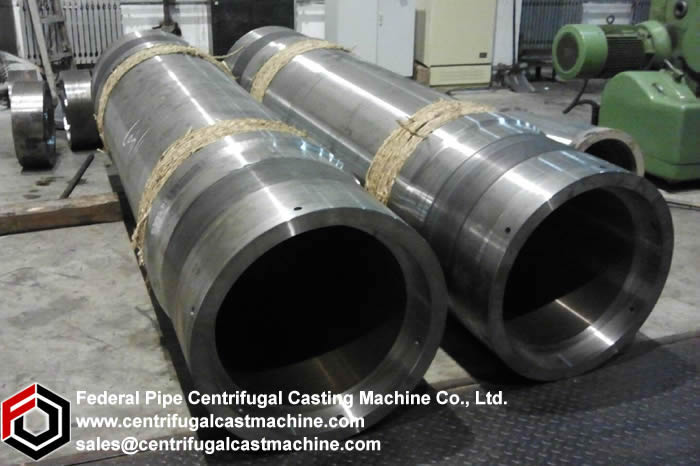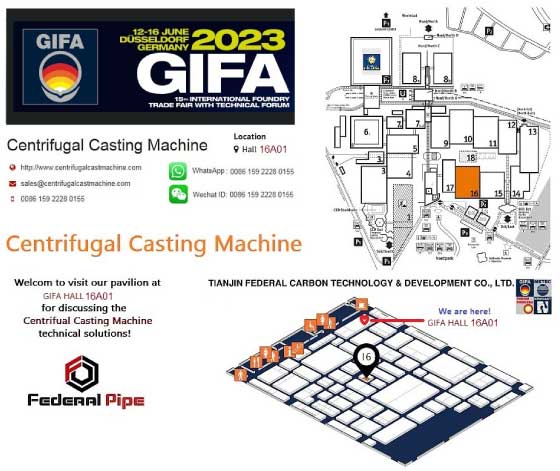The effectiveness of centrifugal casting machine force in promoting
The effectiveness of centrifugal casting machine force in promoting a high standard of soundness and metallurgical quality depends above all on achieving a con‐trolled pattern of solidification, this being governed by the process used and by the shape and dimensions of the casting. High feeding pressure is no substitute for directional freezing, which remains a primary aim of casting technique.
• Considering first the casting of a plain cylinder, conditions can be seen to be highly favorable to directional solidification owing to the marked radial temperature gradient extending from the mold wall. Under these con ‐ditions the central mass of liquid metal, under high pressure,  has ready ac‐cess to the zone of crystallization and fulfills the function of the feeder head used in static casting. The steepest gradients and the best conditions of all occur in the outermost zone of the casting, especially when a metal mold is employed.
has ready ac‐cess to the zone of crystallization and fulfills the function of the feeder head used in static casting. The steepest gradients and the best conditions of all occur in the outermost zone of the casting, especially when a metal mold is employed.

